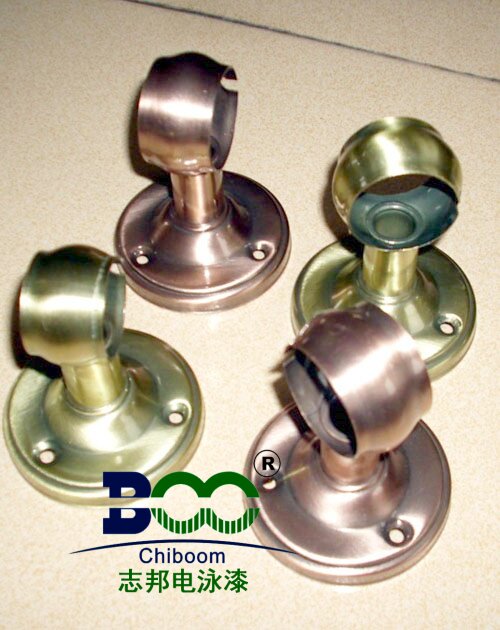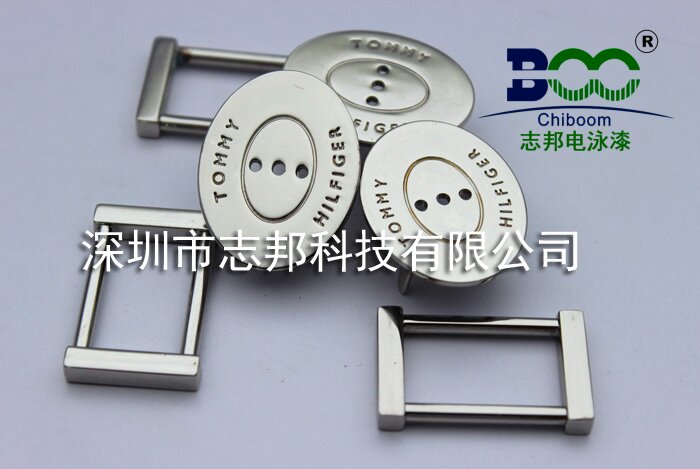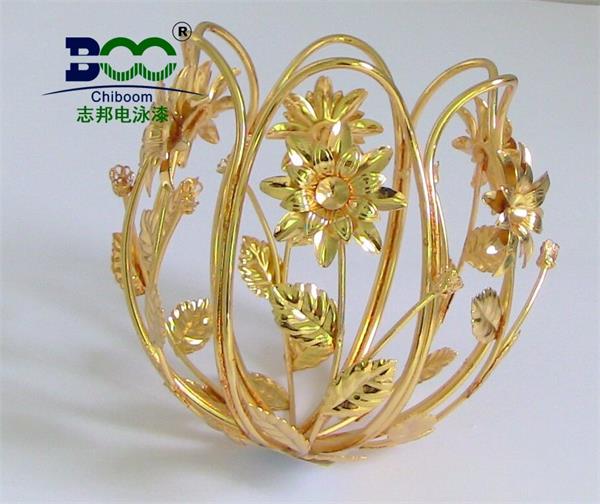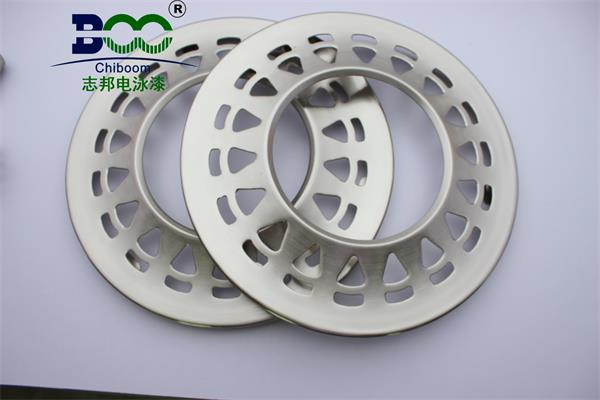How to solve the pinhole problem on the surface of electrophoretic paint?
Electrophoretic painting technology is widely used in the industrial manufacturing sector, including the automotive, home appliance, and hardware industries, due to its efficiency, uniformity, and environmental friendliness. However, in actual production, pinholes may occasionally appear on the surface of electrophoretic paint, which not only affects the appearance of the product but may also weaken its protective performance and service life. So, what exactly causes these pinholes on the surface of electrophoretic paint? And how can they be effectively solved? This article will delve into this topic to help you eliminate pinhole problems and achieve perfect coatings!
The formation of pinholes on the surface of electrophoretic paint is complex and can be attributed to several factors, including the quality of the paint itself, the pretreatment process, electrophoretic process parameters, baking process, and equipment maintenance. Firstly, the quality of the paint itself can lead to the formation of pinholes. For example, poor pigment dispersion can result in small particles within the paint film. During the baking process, gas cannot escape smoothly, leading to the formation of pinholes. Incomplete or improperly controlled reactions during resin synthesis can produce low-boiling point substances, which volatilize during baking and form pinholes. Additionally, the improper use of additives, such as insufficient or poor-quality defoamers and leveling agents, can fail to effectively eliminate bubbles, also leading to the formation of pinholes.

Secondly, problems with the pretreatment process are also a significant cause of pinholes. Inadequate degreasing, where oil污 on the workpiece surface is not completely removed, can affect the adhesion of the electrophoretic paint and the integrity of the coating film, leading to the formation of pinholes. Poor phosphating, resulting in uneven or defective phosphating films, can also affect the adhesion and density of the electrophoretic paint, making it prone to pinholes. Therefore, optimizing the pretreatment process to ensure the workpiece surface is clean and free of contaminants is a crucial step in solving the problem of pinholes.
Controlling electrophoretic process parameters is also essential. According to the material and shape of the workpiece, selecting appropriate electrophoretic voltage and time, controlling the bath temperature and solid content within a suitable range, and strengthening bath circulation and agitation to ensure uniform temperature and solid content of the bath can effectively reduce the occurrence of pinholes.
Optimizing the baking process should not be overlooked. Selecting appropriate baking temperature and time according to the type and film thickness of the electrophoretic paint, controlling the heating rate to avoid rapid temperature rise that can cause pinholes, and ensuring uniform temperature inside the baking oven to avoid localized overheating are all measures that can help reduce the occurrence of pinholes.
Finally, strengthening equipment maintenance is also an important part of solving the problem of pinholes. Regularly checking the electrophoretic bath circulation system to ensure good circulation, regularly checking the anode system to ensure stable voltage, and regularly checking the ultrafiltration system to ensure timely removal of impurities are maintenance tasks that can effectively prevent the formation of pinholes.
In conclusion, the problem of pinholes on the surface of electrophoretic paint is a comprehensive issue that requires analysis and control from multiple aspects. Only by strictly controlling the quality of the paint, optimizing the pretreatment process, controlling electrophoretic process parameters, optimizing the baking process, and strengthening equipment maintenance can the problem of pinholes be effectively solved and the quality of electrophoretic painting be ensured. Let us work together to pursue excellence and create more perfect electrophoretic coating products! By analyzing the causes of pinholes and taking corresponding measures, we can effectively reduce or even eliminate the pinhole defects on the surface of electrophoretic paint, improve product quality, and meet customer needs. In future production practices, we will continue to explore and optimize electrophoretic painting technology to contribute to the development of the manufacturing industry.





 WeChat
WeChat